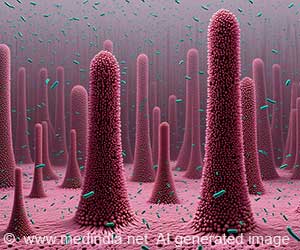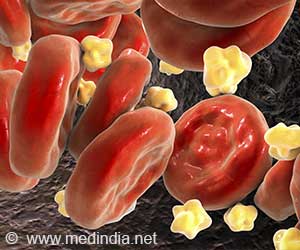Scientists discovered a new device to replace toxic, inflammable greenhouse gases that are currently being used in most air conditioners and refrigerators. This is a major effort to combat climate change.
- A new device to replace toxic, inflammable greenhouse gases that are currently being used in most air conditioners and refrigerators ha been discovered
- This is a major effort to combat climate change and global warming. As global temperatures soar, demand for fridges and air conditioners will only increase
- It is necessary to develop alternative effective cooling technologies to replace the existing methods that are also safe and environment friendly
The findings of the study appear in the journal Nature and could pave the way for developing highly effective solid-state (i.e., without gases) refrigerators and air conditioners, overcoming the need to use expensive and heavy magnets.
"When facing a challenge as big as climate change and reducing carbon emissions to net zero, we tend to focus on how we generate energy - and rightly so - but it's critical that we're also looking at the consumption of energy," said co-author Dr Xavier Moya from Cambridge's Department of Materials Science & Metallurgy.
TOP INSIGHT
Refrigeration and air conditioning units contribute to about 20% of all energy consumed globally. Demand for these is only going to increase with rising global temperatures. Ironically, the gases used to produce cooling in these devices are greenhouse gases and add to global warming if they leak into the atmosphere. It is thus imperative to develop alternative cooling technology to replace the existing methods.
Read More..
Producing Cooling Effect Using Electric Field
- The current study included scientists from Cambridge in collaboration with teams at Japan and Costa Rica
- In the current study, the thermal changes in temperature are voltage driven. Using voltage instead of pressure to drive cooling is easier from an engineering point of view, and allows its application in existing designs, overcoming the need for magnets
- The study team used high-quality layers of PST with metal electrodes sandwiched in between. This enabled the PST to withstand application of higher voltages, with better cooling over a much wider range of temperatures
Previous Research to Produce Cooling Using Magnetic Fields
- In fact, earlier research teams have been trying to improve cooling technology by replacing the current toxic gases with solid magnetic materials, such as gadolinium.
- However, they observed that the performance of prototype devices was not as good as expected, since changes in temperatures are driven by permanent magnets with limited magnetic fields.
Future Plans
- In future research, the team plan to employ high-resolution microscopy to examine the PST microstructure, and determine if it can be optimized further to make it withstand higher voltages
- The same Cambridge-led team in a study published earlier this year, identified a cheap, widely available solid material that could replace conventional coolants when put under pressure. Developing this material for cooling purposes needs a lot of redesigning, which is also being actively pursued by the Cambridge team
Reference:
- Large electrocaloric effects in oxide multilayer capacitors over a wide temperature range - (https://doi.org/10.1038/s41586-019-1634-0)
Source-Medindia
 MEDINDIA
MEDINDIA




 Email
Email




